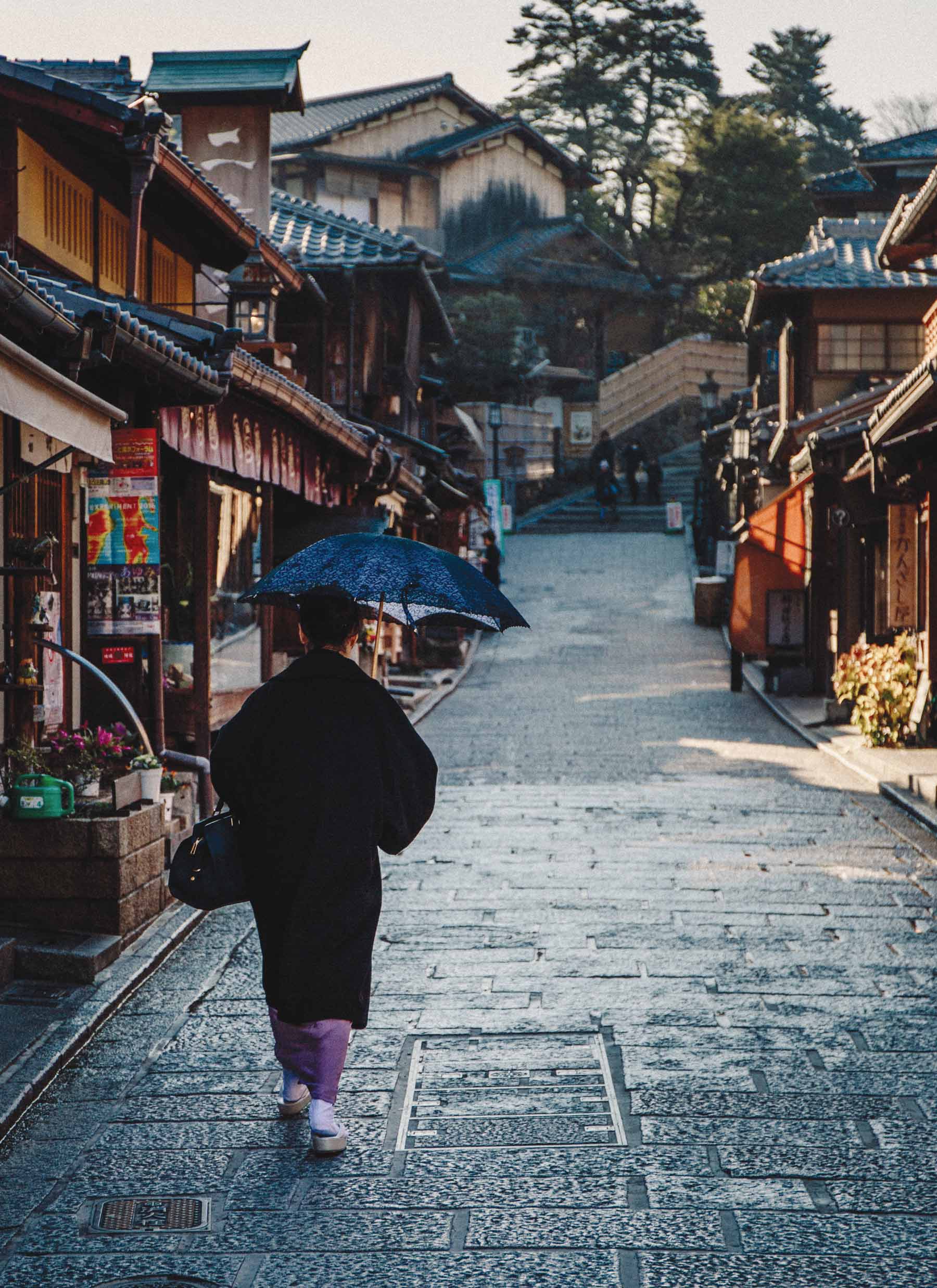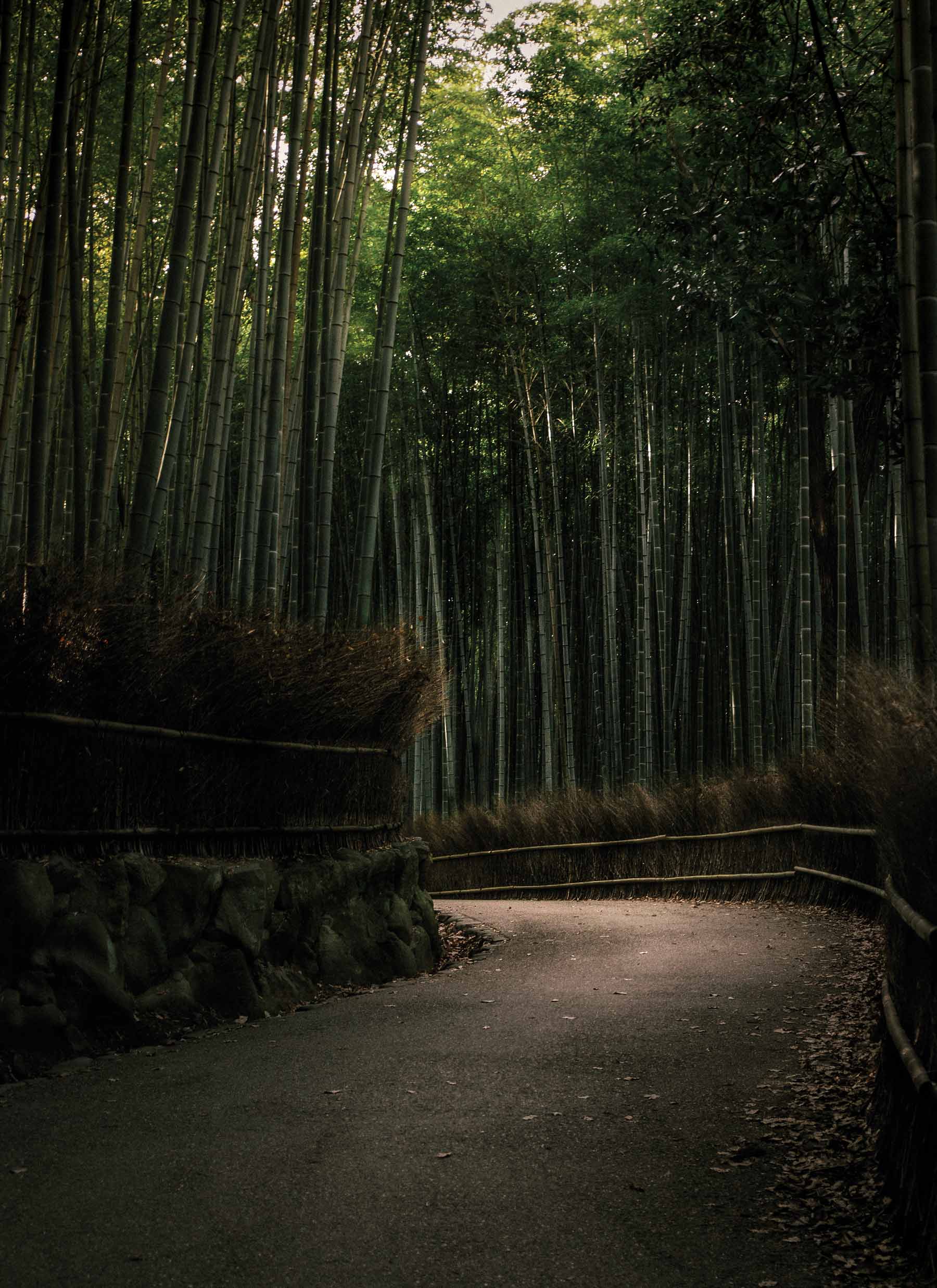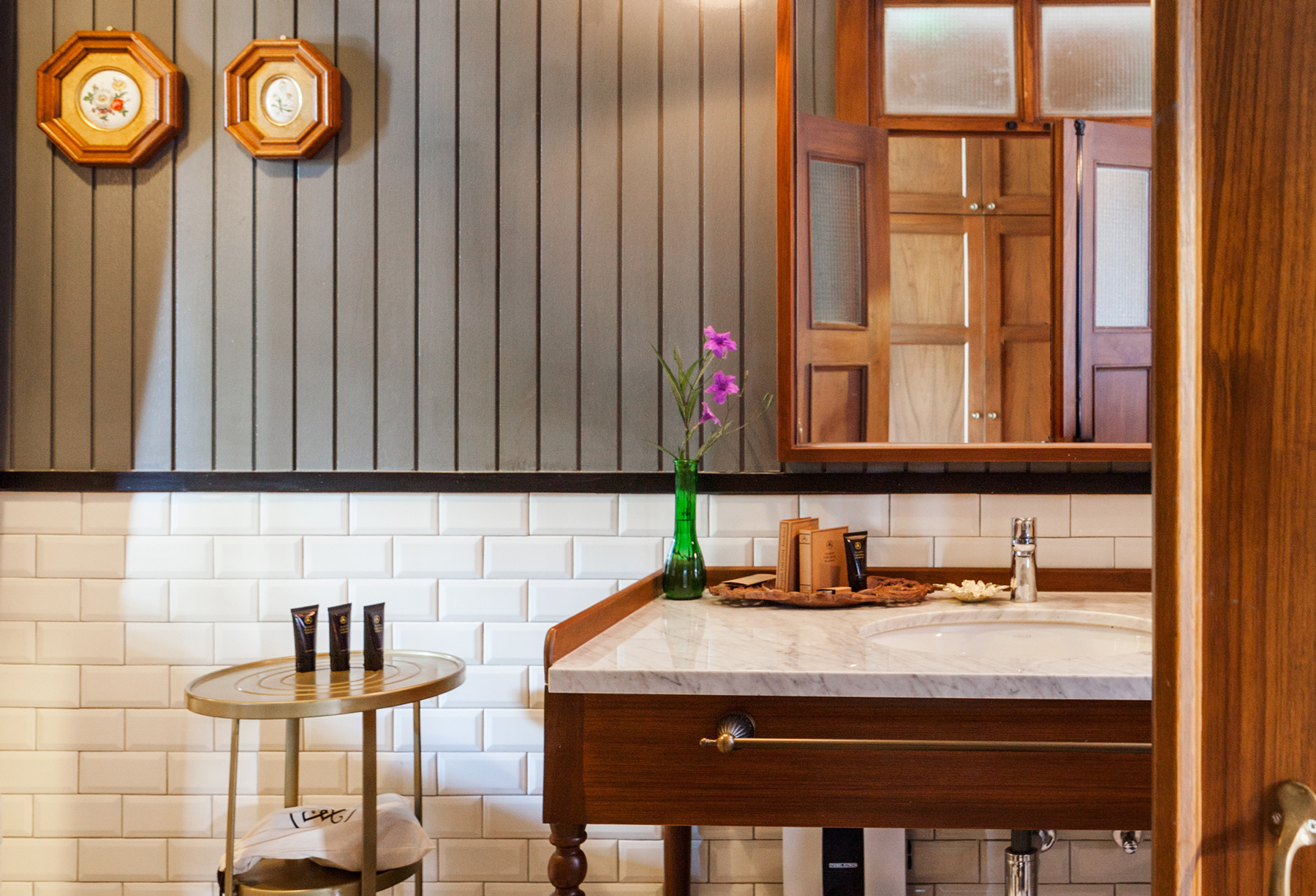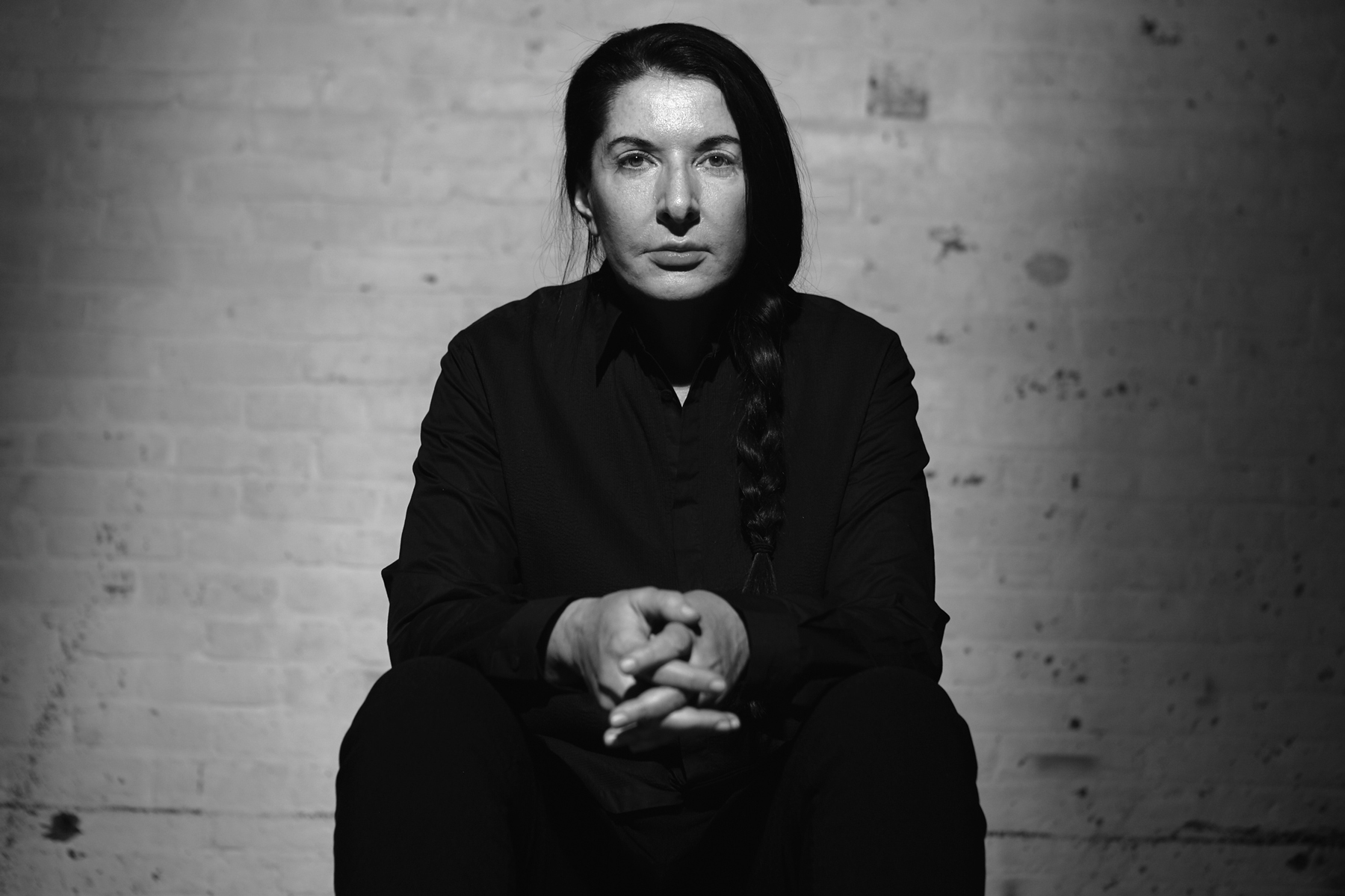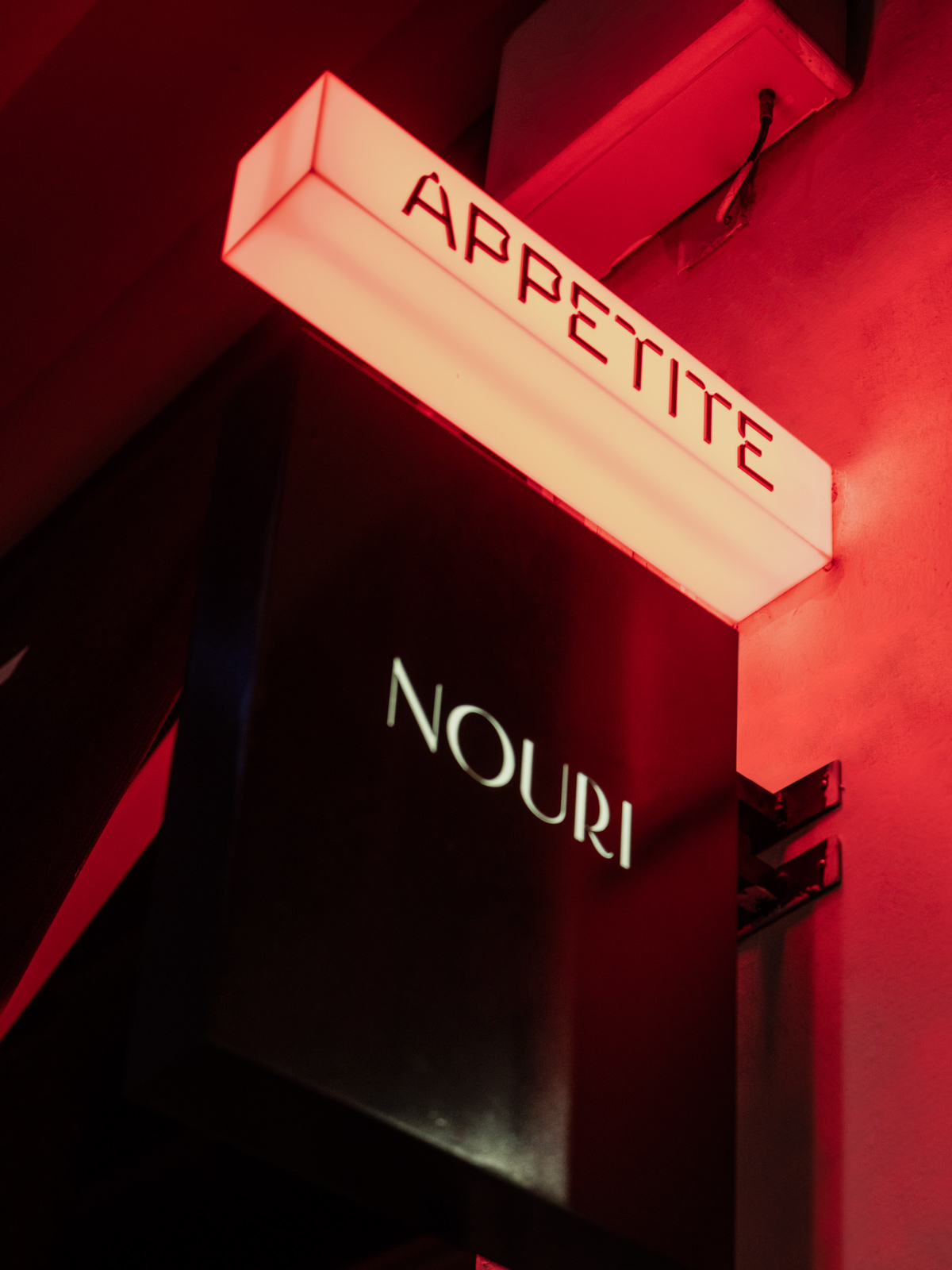Kyoto
Text by Lesley Chee
Photography by Dionna Lee & Sean Ashley (Studio Oooze)
Text by Lesley Chee
Photography by Dionna Lee & Sean Ashley (Studio Oooze)
Stepping into Kyoto after the inexhaustible buzz of Tokyo, Osaka, or any of Japan’s more connected cities, the first thing that makes its presence felt is a sense of calm, perhaps buoyed by the slow and steady passage of the Katsura river, that suddenly feels so palpable and strange after all hat frenzied activity.
It is clear, at once, that Kyoto is not your city of dreamy spires, a bustling metropolis that never sleeps, or simply an aged, sleepy town fading into obscurity; rather, it stands at the intersection between the past and the future. It is emblematic of the present, slowly learning to embrace modern-day architecture, conveniences, and ways of life, but never forgetting where it has come from, taking all the best parts of its storied history and proudly, insistently, holding onto Japanese culture and tradition at a time where robot cafés and underwear-dispensing vending machines are sweeping across the nation.
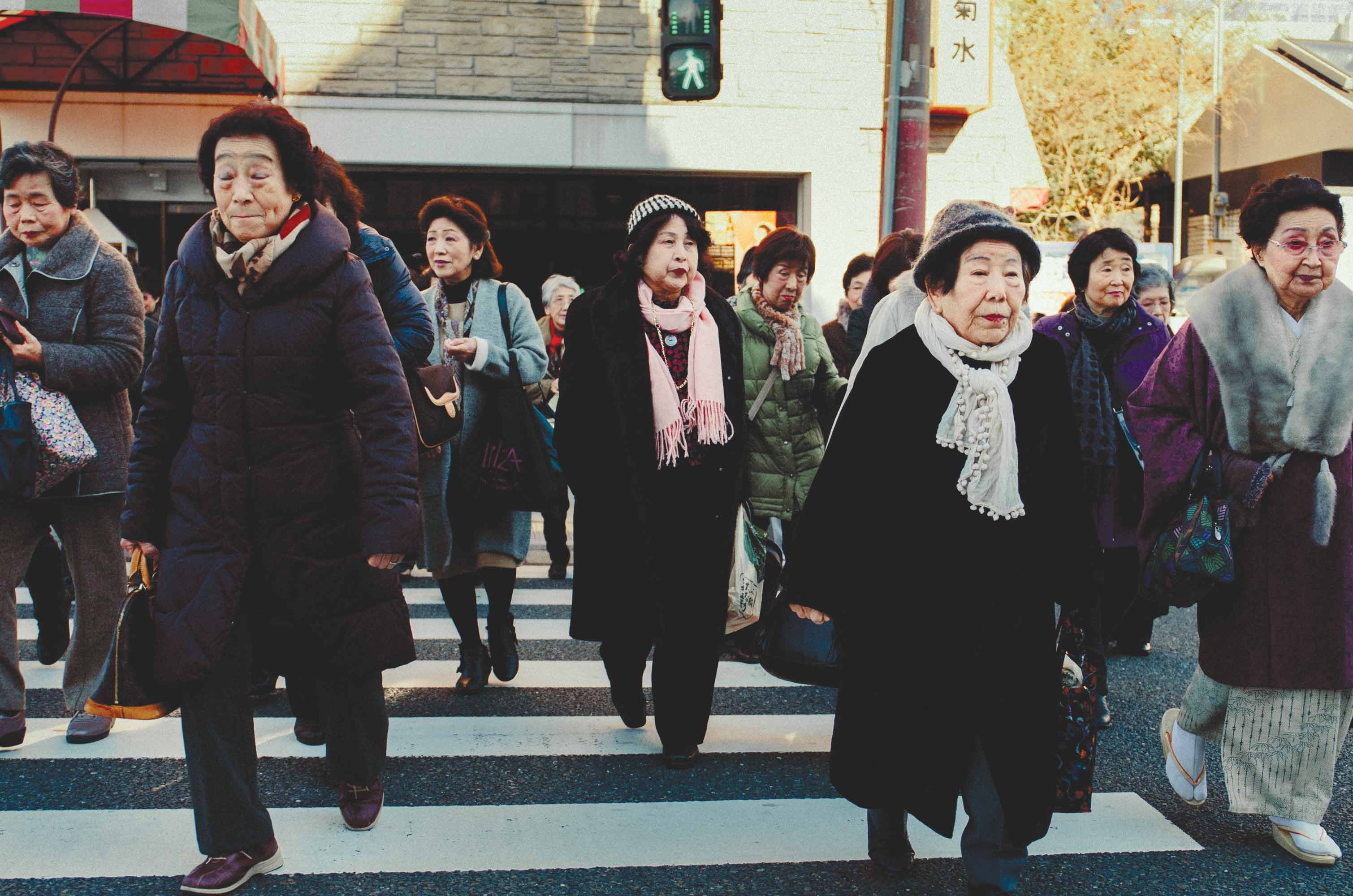
It is Kyoto that embodies zen. Time and pace slow down, and its natural rhythm of life lends itself to the particular motion of the city—people move in a blend, slowly, randomly, in unison, yet steeped in purpose. Even its most-visited attractions, save for the blossoming of colourful shops selling knick-knacks and snacks to any easily-swayed traveller, have yet to succumb to the chaotic hubbub of other destinations—the Mona Lisa exhibit in the Louvre; the Victoria Peak station in Hong Kong—as even Japanese schoolboys and obasans still reverently climb the thousands of steps to the Fushimi-Inari-Taisha Shrine, for example, to pay their respects and ask for blessings.
"Time and pace slow down, and its natural rhythm of life lends itself to the particular motion of the city—people move in a blend, slowly, randomly, in unison, yet steeped in purpose."
Of course, there are other must visit
places in Kyoto, listed on your
every Trip Advisor or Lonely Planet
guide—the famed 14th-century
Kinkaku-ji Temple, the Golden Pavilion
that seemingly floats majestically
above a reflecting pond; or
the Arashiyama Bamboo Grove,
a winding pathway through bamboo
that hollowly sound against
each other in the breeze, echoing
the faraway tolls of mountainside
temple bells—but the most pleasant
surprises come in the form of
the contemporary architecture
and lifestyle offerings that sit side by side Kyoto’s traditional houses.
Perhaps the best example of this
is the Kyoto National Museum.
The original main building was
constructed during the Meiji Period
in 1895; its redbrick, ornate,
almost European-style facade lies
in stark contrast to the sleek glass,
steel, and limestone exteriors of
the Heisei Chishinkan wing, which
houses the museum’s permanent
collection. Designed by architect
Yoshio Taniguchi and opened in
September 2014, the building
commands its own space on the
same grounds, but never fights for
attention. Taniguchi carefully considered
the juxtaposition between
both wings; the Heisei Chishinkan’s
roof is the same height as the main
building’s, and two stories were
built underground, maximising
space but minimising the chance
of overpowering the existing building—the new in deference to the
old, boldly asserting the future, but
ever mindful of the past.
Should you wish to navigate the quiet side-streets, other examples of modern architecture can be found across Kyoto, often taking you by surprise, seemingly coming out of nowhere but at the same time, unobtrusively blending into their surroundings.
Take the Aesop store located at 97 Aburayacho Sanjo, an ostensively foreign input of clean, whitewashed walls that belies an interior inspired by, among others, the aesthetics of 14th-century actor and playwright Zeami Motokiyo, and the vertical alignment of Japanese calligraphy.
Whether you come searching for old or new Kyoto, it is here that one might witness the peak of Japanese attention to perfection—the omotenashi, the uncompromising refusal to accept second rate, and the respect for heritage, tradition, and culture that results in a way of life that is novel and refreshing, and yet so intrinsically familiar. Its essence is encapsulated in every shrine, every person, and every cup of tea served. It is what propels the city into tomorrow, and what retains all of its yesterdays.
